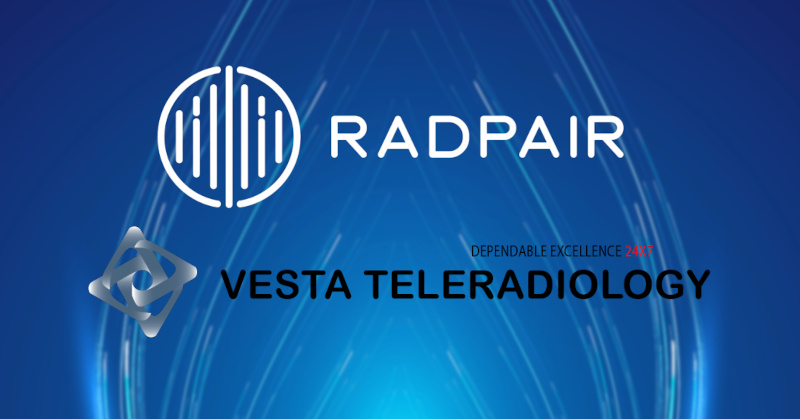The RSNA annual meeting draws tens of thousands of healthcare professionals in medical imaging, offering a comprehensive platform for unveiling groundbreaking innovations and fostering discussions among industry leaders. This year’s conference just ended, so if you didn’t get to join, we’ll be highlighting some interesting takeaways from this amazing event.
New Technology
Royal Philips introduces the BlueSeal MR Mobile, a groundbreaking mobile MRI system featuring helium-free operations, marking a significant advancement in diagnostic imaging technology. This pioneering device, equipped with the industry’s first fully sealed 1.5T magnet, provides patient-centric MRI services, offering agility and flexibility in placement, especially near hospital entrances for patient convenience. Developed initially for Akumin, the first unit to be showcased at the event, this innovation extends Philips’ BlueSeal magnet technology, having saved over 1.5 million liters of helium since 2018. The helium-free mobile unit expands access to MRI exams sustainably, catering to more patients in diverse locations, addressing resource constraints, and enhancing healthcare delivery, as highlighted by Ruud Zwerink, General Manager Magnetic Resonance at Philips. Notably, the BlueSeal MR Mobile’s reduced helium requirements improve operational efficiency and connect to Philips’ Radiology Operations Command Center (ROCC), enabling real-time remote support for imaging experts, ensuring quality care delivery.
Radpair, a pioneering platform in radiology innovation, unveiled its cutting-edge generative AI-driven technology at the conference. This groundbreaking system, described by Avez Rizvi, Radpair’s CEO, as a revolutionary advancement, promises to reshape radiology reporting and elevate patient care standards. Positioned as the first of its kind, Radpair’s web-based and user-friendly platform utilizes generative AI in clinical settings to automate radiology report generation, streamlining radiologists’ workflow and enhancing efficiency while prioritizing patient care. Vesta Teleradiology is proud to collaborate with Radpair, with Vesta CEO, Vijay Vonguru stating, “This partnership propels us to the forefront of innovation in radiology. The synergy between Radpair’s advanced generative AI technology and Vesta’s robust teleradiology platform and onsite Radiology will redefine the standards of care we provide, ensuring high-quality, swift, and more nuanced radiological interpretations.”
Addressing the People
Dr. Pedram Keshavarz from UCLA presented findings indicating widespread burnout symptoms among radiologists and trainees. Emotional exhaustion and depersonalization were prevalent, particularly among residents and trainees who exhibited the highest rates of low personal accomplishment. These symptoms are considered warning signs for potential professional dropout or retirement. The study reviewed multiple contributing factors to burnout, including sleep deprivation, heavy workloads, low salaries, and various responsibilities. Analyzing nine studies with over 15,000 participants, the research highlighted different rates of burnout across radiology subspecialties, linking factors like having a partner, child, and lower debt levels to reduced emotional exhaustion and higher personal accomplishment. The presentation emphasized the need for future research to focus on interventions to alleviate burnout symptoms, potentially exploring the impact of remote work and other aspects on radiologists’ well-being. Large cross-sectional studies were suggested to further understand and address burnout progression among radiologists.
Sources:
Auntminnie.com
itnonline.com
Phillips.com
Openai.com




